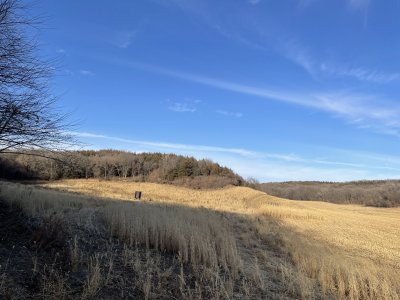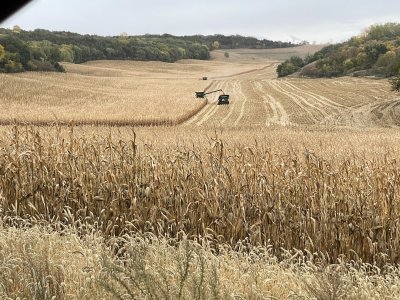Hoytvectrix
5 year old buck +
We have a young local farmer who will likely be putting in crops on our ag ground. I'm going to be meeting with him soon to discuss crapping arrangements. Historically we have just had the farmer pay us market rental rates. I've seen some on here mention that they have an agreement with the farmer for leaving standing crops in exchange for farming the ground. For those that are using this type of an arrangement, have you found any disadvantages from it? Is that true for both corn and soybeans?
One thing that I have thought about is that it could potentially mean reduced income to offset with farm expenses as a tax write-off.
One thing that I have thought about is that it could potentially mean reduced income to offset with farm expenses as a tax write-off.

